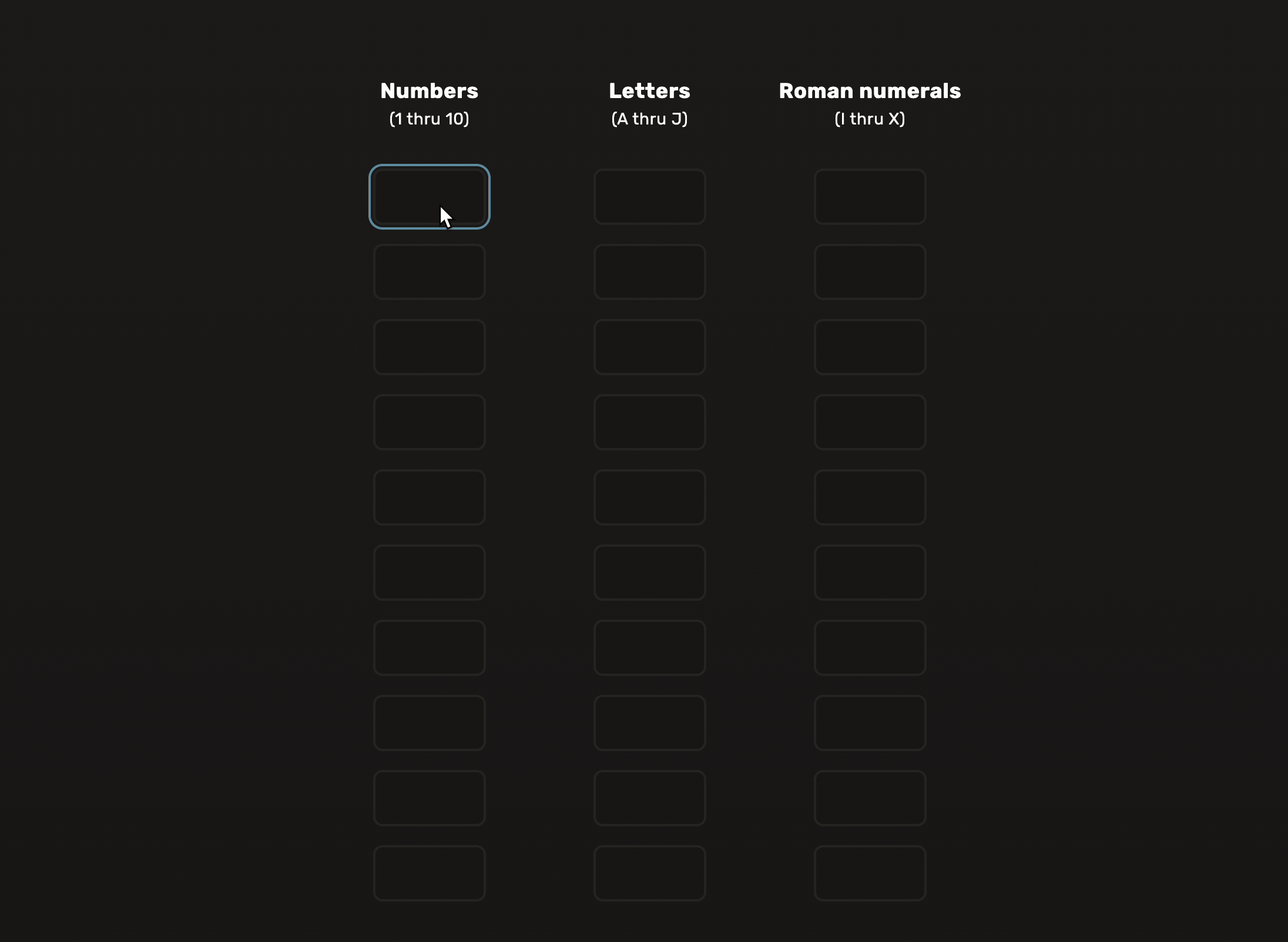The Perils of Multitasking
Unlike the monoski trend of the 70s and 80s, monotasking is still relevant. Its relationship to productivity and our ability to make predictable forecasts makes it an indispensable factor of our work lives.
I recall a past conversation with my manager when he exclaimed: “Magnus, I simply cannot afford to follow a sequential task execution.” Such a statement, while initially puzzling, does find its place amongst the unique collection of perplexing workplace dialogues (much like “We can’t afford a security penetration test presently, what if we uncover issues?“)
The Sequential Approach: A Blessing in Disguise
Contrary to the belief of many, a sequential task execution pattern can indeed be your much-needed lifeline in achieving efficient work management. By focusing on one assignment at a time, not only will you be saving a significant chunk of your time, but also unlocking a path towards quicker deliveries and faster feedback retrieval.
The Hidden Costs of Task Switching
Switching back and forth between tasks comes with its own baggage—an increased mental load. The higher your task-switching or interruptions, the slower you tend to become. This holds true for even the simplest of tasks, and the cost rises exponentially with the complexity and difficulty of the work involved.
The Many Faces of Multitasking
You might be wondering — why do so many of us still fall into the trap of multitasking? Let’s delve into some common reasons:
- Inability to prioritize: When everything seems equally important.
- Dodging tough conversations: We often use the phrase “We have started on it.”
- Disregards for other’s time: Urgency often prompts statements like, “I need this now.”
- Misunderstanding task complexities: We often underestimate the time and attention required with phrases like, “This is only a quick task.”
- Contingency actions: When faced with hurdles, it’s common to hear, “I was stuck so I picked up something else.”
- Procrastination: Classic avoidance behavior can manifest as, “I’m just going to…”
Implementing Monotasking: A Practical Initiative
Wondering how exactly is monotasking superior to multitasking? Try the Multitasking Myth game linked below. Experience the benefits and drawbacks of each approach firsthand with your team or business stakeholders.

Wrapping Up: Insights on Task Switching
Task switching can take multiple forms. Are you juggling multiple “epics” or “features” simultaneously? Do you have numerous work items in progress at the same time? How frequent are interruptions for your teams and individual members?
Take a moment to reflect on your own schedule and task list. Understanding and accepting your personal task management pattern can be the first step towards effectively implementing monotasking. Remember, when it comes to productivity, it’s not about how much you juggle, but how well you focus!



